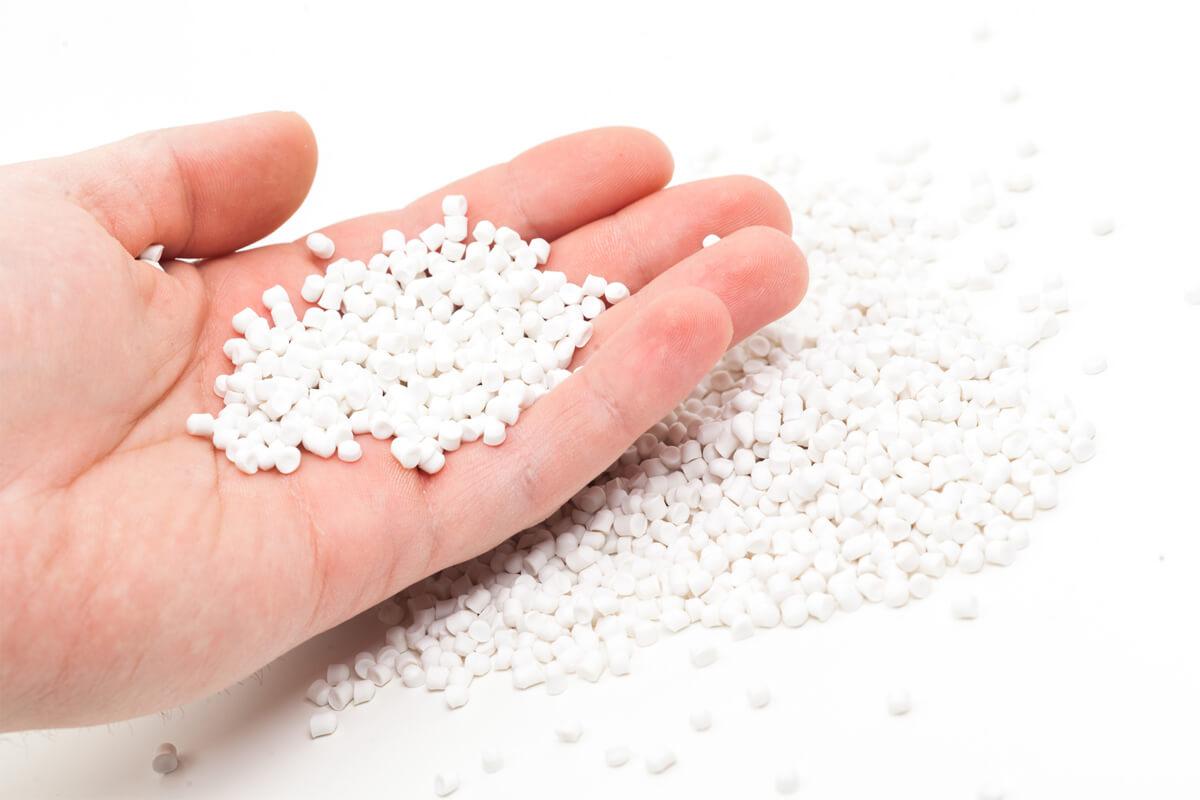




Recyclate is an innovative and cost-effective way to reduce waste by turning it into a reusable material. It involves the process of taking existing materials such as plastics, glass, paper, metal, and fabric and breaking them down into their basic components in order to create something new. This new material can then be used for a variety of applications, including furniture, building materials, or even food packaging.
By recycling products that would otherwise end up in landfills or incinerators, Recyclate helps reduce our environmental impact while providing valuable resources for manufacturers. Additionally, Recyclate can help save money since recycled materials are often cheaper than buying brand-new items from scratch. As more companies become aware of the benefits of using recyclates instead of virgin raw materials, they may choose to incorporate this resource into their production processes rather than purchasing entirely new items each time they need something manufactured.
In this article, we dive deeper into the topic of recyclate and its importance for the packaging industry.
Recyclate is an innovative process used to break down materials into their basic components in order to create something new. It involves taking existing items, such as plastics, glass, paper, metal, and fabric, and breaking them down into small pieces or powders, which can then be melted or molded together to form a new material. This newly formed material can be used for many different purposes, including furniture, building materials, or food packaging.
The first step of the recyclate process is sorting the raw materials that are being recycled. This includes separating out any contaminants such as dirt, oil, and paint that may have been mixed with the original item before it was sent for recycling. Once these contaminants are removed from the mix, they can be further processed into useful products like rubber mulch or asphalt shingles. The next step is shredding the items so they can easily fit through a machine known as a granulator which will turn them into smaller particles while removing any additional contaminants that were missed during the sorting stage.
After this comes compounding, where all of these smaller particles are melted together in order to create one large mass of plastic resin pellets which can then be shaped and formed according to specific requirements. Finally, this mass goes through one more process known as extrusion, which is used to form the material into whatever shape or size is needed for a particular application.
The packaging industry is one of the largest and most important industries in the world, with billions of products needing to be packaged each year. The use of recyclates in this sector can provide numerous benefits that are both cost-effective and environmentally friendly.
Firstly, by using recyclate instead of virgin raw materials such as plastic, companies can save money on their production costs since recycled items are usually cheaper than buying brand-new ones from scratch. Additionally, it helps reduce waste since all these previously used products would otherwise end up being thrown away or sent to landfills or incinerators, which can have a negative effect on our environment. Not only does this help protect our planet, but it also reduces pollution levels as fewer resources need to be extracted from nature for new packaging purposes.
Another advantage of using recyclates is that they often come with unique properties which could benefit certain applications better than the original material ever did; for example, when glass bottles are broken down into small pieces, they become much lighter, making them ideal for lightweight containers like juice boxes or food pouches. Furthermore, depending on what kind of resin pellets were produced during the compounding stage, different colors and textures may be achieved, so manufacturers don’t always have to settle for the same shade or look.
Finally, recyclates can also help create products that are more durable and longer lasting than their original counterparts as the material has already been tested in its previous form so it’s likely to withstand wear and tear better when being used again. This could be beneficial for companies looking to produce items such as reusable water bottles or shopping bags that need to be durable enough for everyday use.
Recyclate is an important and cost-effective way to reduce waste while still providing valuable resources for manufacturers. It involves breaking down existing materials into their basic components in order to create something new, which can then be used for a variety of applications, including furniture, building materials, or food packaging.
The process offers numerous benefits, such as savings on production costs, reduced waste and pollution levels as well as the potential to produce more durable products than those using virgin raw materials. With increasing awareness of its advantages, recyclates are likely to become even more widely used within the packaging industry in the near future.